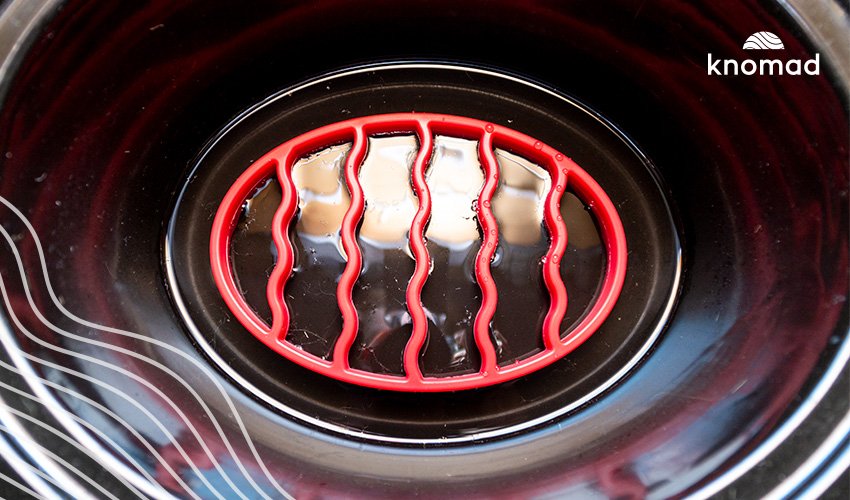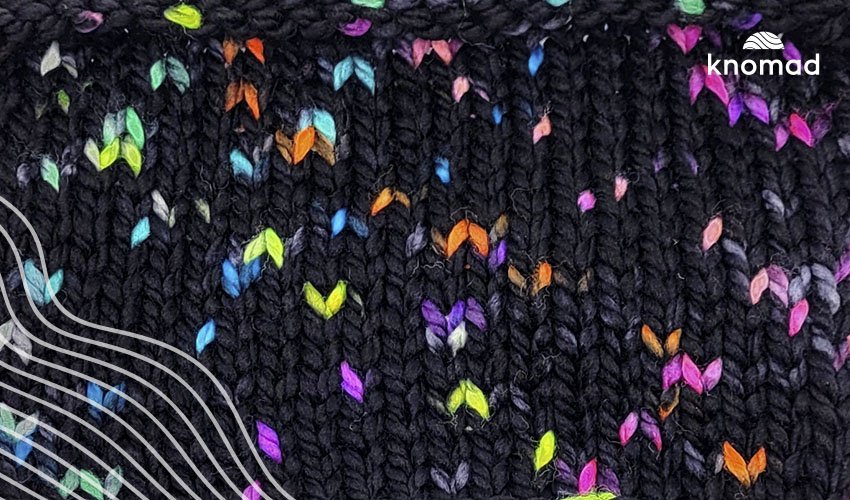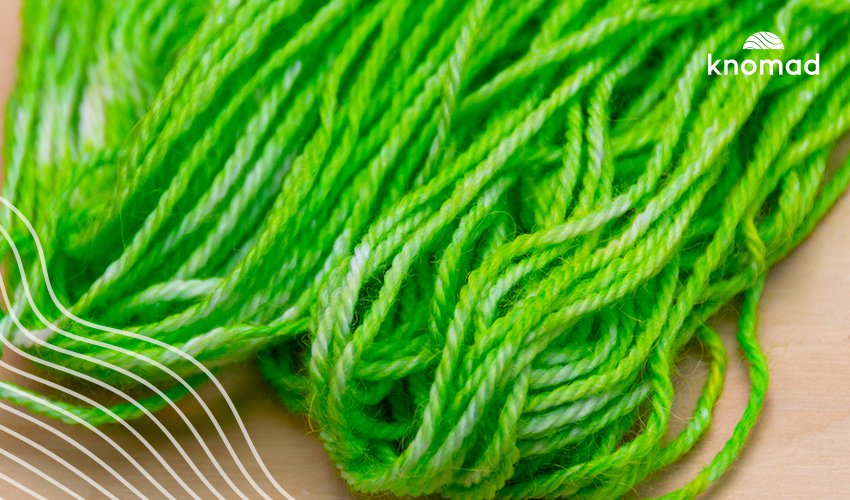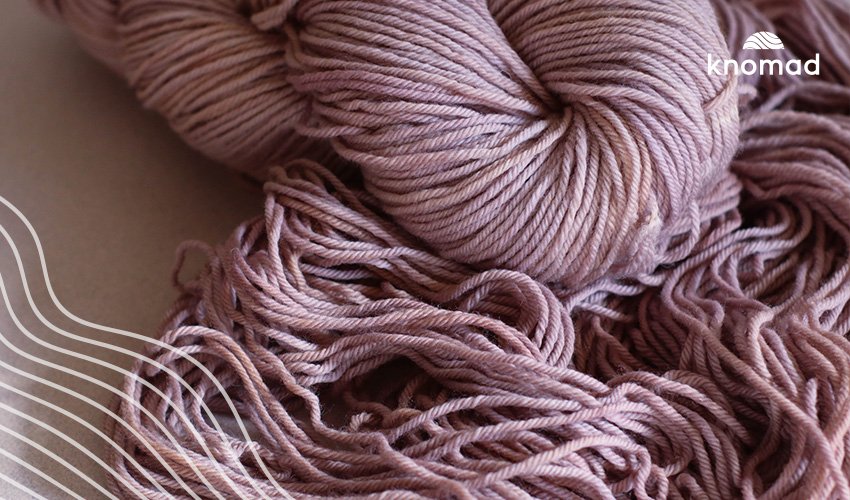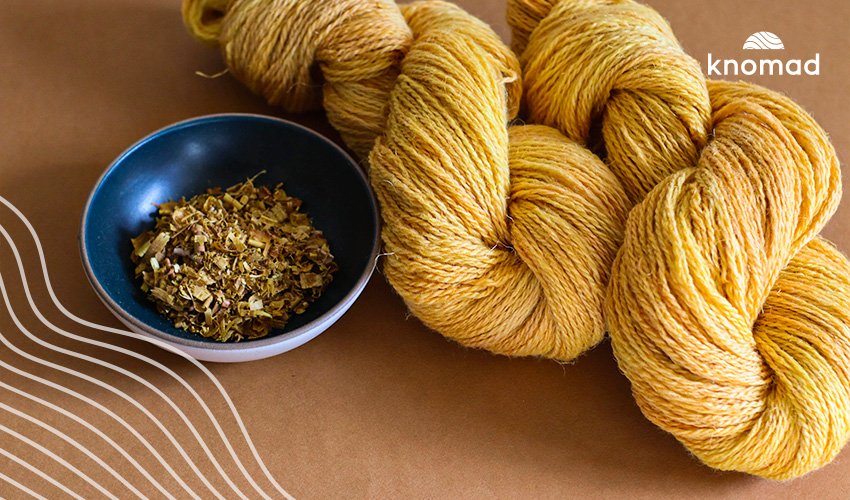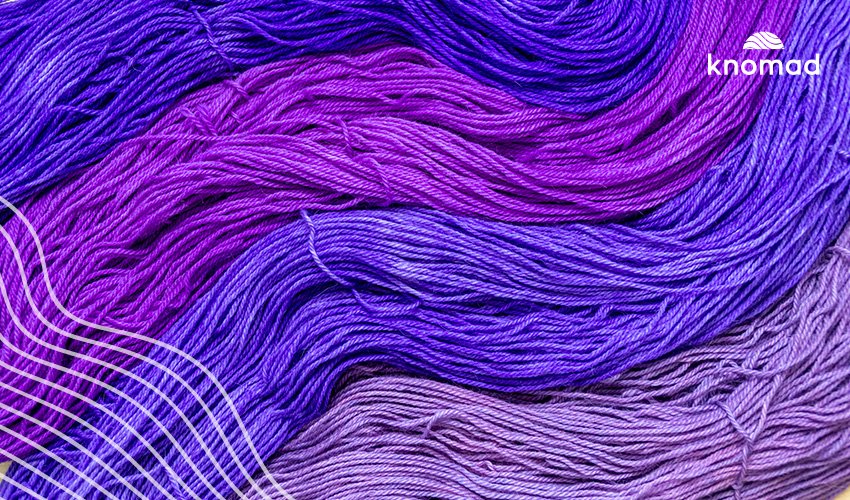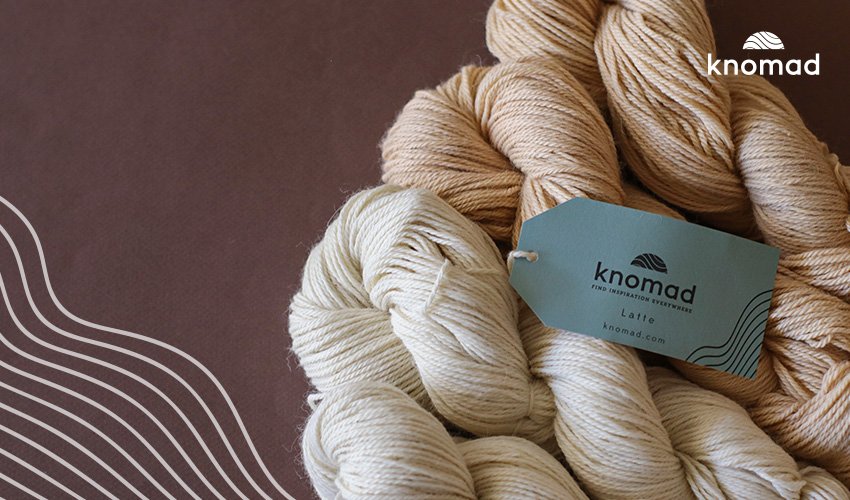Tag: salcantay
How to Steam Set Yarn
April 27th, 2022
Steam setting your hand dyed yarn is a great, easy way to finish your freshly dyed fibre. Heat setting dyed yarn ensures the dye pigment fully bonds to the wool fibres. Any of the Knomad yarns will steam set beautifully, but today we are using MARSHMALLOW DK which is wonderfully soft and squishy.
SUPPLIES:
- Undyed yarn like MARSHMALLOW DK 100% superwash merino wool, or any other Knomad yarn
- Steamer rack or basket ...
Have you ever wanted to create yarn that knits up like a nebula or an oilslick?
August 4th, 2021
Have you ever worked up a skein of yarn, and the colors stacked in just such a way that it felt like opening a present, you just couldn’t wait to see what happened next? That color stacking or “pooling” can actually be planned! In today’s blog post, I’ll be walking you through how to dye your yarn to achieve an oil slick (direct application) and nebula effect (reverse speckle).
You will need a couple of skeins of your favorite base -...
Everything you need to get started dyeing with food coloring
June 4th, 2021
Food coloring is a great introduction to dyeing your own yarn. Food coloring is nontoxic and kitchen safe, easy to acquire, and dyes up the most beautiful color! I started out dyeing with food coloring because I wasn’t sure if I wanted to fully commit a set of kitchen utensils to dyeing, so I wanted to test out how it all worked in a safe and easy way first. Needless to say, I was immediately hooked on dyeing overall and food coloring...
Natural Dyes for Wool: Logwood
May 18th, 2021
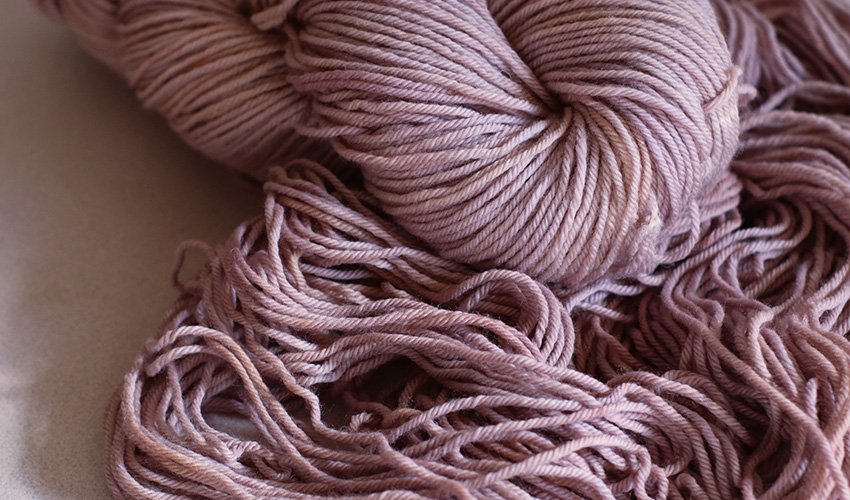 Logwood is a family of trees also known as “bloodwood” in some parts of the world. Found in Mexico, Belize, Central America and Australia, logwood can be found in extract, powdered, sawdust and wood chip form from many natural dye sources.
I had avoided logwood for some time because I am just not a huge fan of purple! However, as I worked my way through so many natural, wood-based...
Logwood is a family of trees also known as “bloodwood” in some parts of the world. Found in Mexico, Belize, Central America and Australia, logwood can be found in extract, powdered, sawdust and wood chip form from many natural dye sources.
I had avoided logwood for some time because I am just not a huge fan of purple! However, as I worked my way through so many natural, wood-based...
Natural Dyes for Wool: Osage
May 17th, 2021
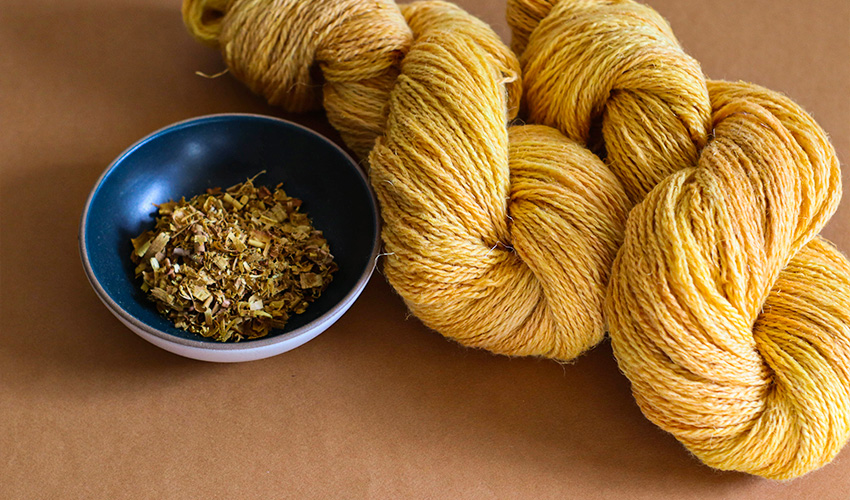 Where I live in the Southeastern United States, there are a lot of old, big trees. Every spring, the world transitions into a fuzzy, watercolor-like state as the trees are bristling with tiny leaves and buds. In a few more weeks, many of our flowering trees burst into full bloom or display bright, acid-green leaves. It’s always one of my favorite parts of each season, but I also love an...
Where I live in the Southeastern United States, there are a lot of old, big trees. Every spring, the world transitions into a fuzzy, watercolor-like state as the trees are bristling with tiny leaves and buds. In a few more weeks, many of our flowering trees burst into full bloom or display bright, acid-green leaves. It’s always one of my favorite parts of each season, but I also love an...
Dyeing the Perfect Purple
May 12th, 2021
Purple is one of my favorite colors to work with! I primarily use my dyed yarn for embroidery work, but I do crochet and knit for fun on occasion too. When I am making things just for fun, I always find myself drawn towards shades of purple. Figuring out which purple is best can sometimes be a challenge. Some shades of purple lean more red or warm-toned and others are more blue or cool-toned. Purple can also be a tough color to...
Sustainability at Knomad: Renewable Energy and Protecting Natural Resources
April 18th, 2021
 Better for the Earth, and better for you — we know you care about choosing sustainable yarns. Knomad is an independent brand, but our strong relationship with our partner mill in Arequipa, Perú gives us the ability to create a collection of bare yarn with an eye on sustainability.
Better for the Earth, and better for you — we know you care about choosing sustainable yarns. Knomad is an independent brand, but our strong relationship with our partner mill in Arequipa, Perú gives us the ability to create a collection of bare yarn with an eye on sustainability.
 READ MORE
READ MORE
Natural Dyes for Wool: Cutch
April 14th, 2021
 Continuing with our loose theme of exploring the world’s fascinating, dyeable materials from trees and branches, in this blog we’ll be applying Cutch, a dye that comes from the heartwood of the acacia catechu tree. This tree grows in India, Burma, Indonesia and Peru, and my cutch dye comes from the Indian variety and is able to achieve a range of soft, golden-brown tones into medium cinnamon tones.
While generally...
Continuing with our loose theme of exploring the world’s fascinating, dyeable materials from trees and branches, in this blog we’ll be applying Cutch, a dye that comes from the heartwood of the acacia catechu tree. This tree grows in India, Burma, Indonesia and Peru, and my cutch dye comes from the Indian variety and is able to achieve a range of soft, golden-brown tones into medium cinnamon tones.
While generally...
